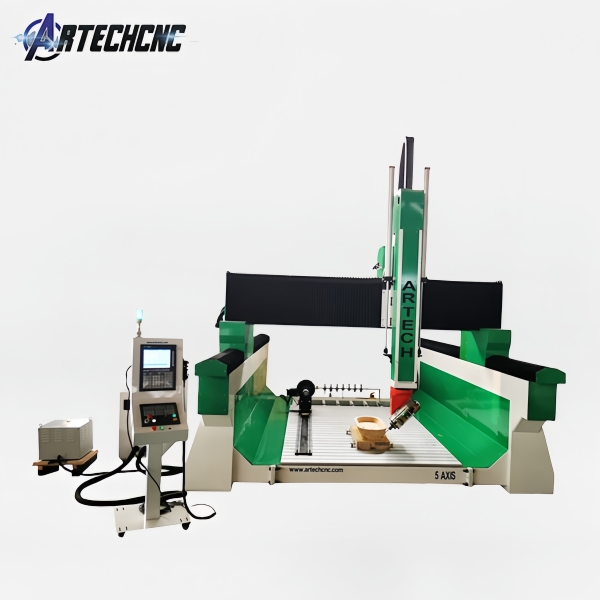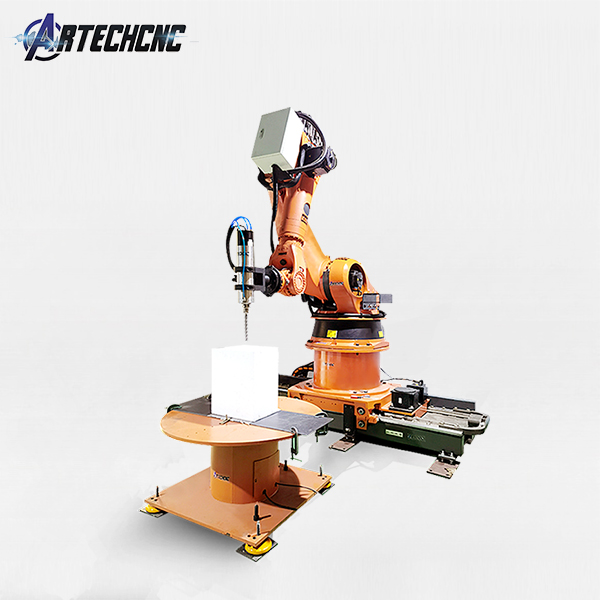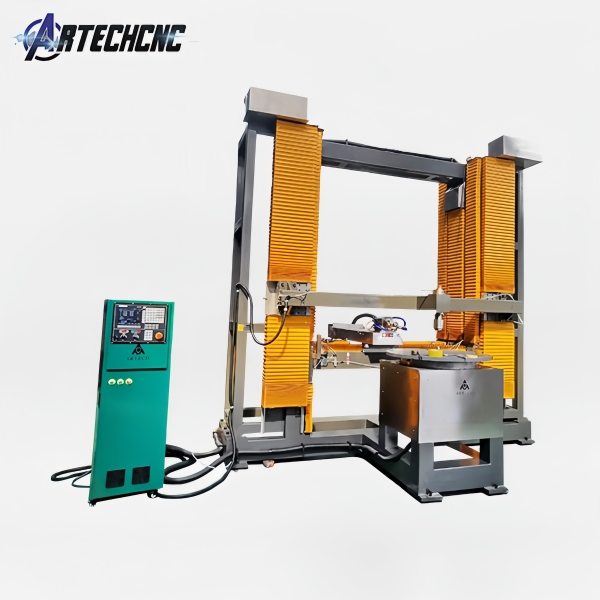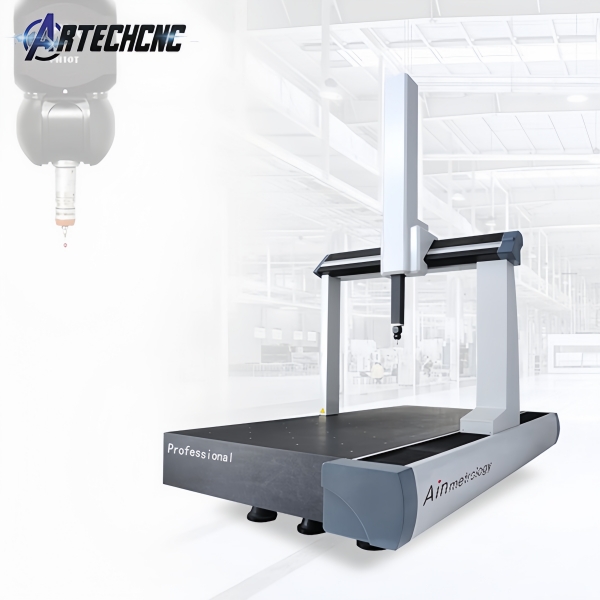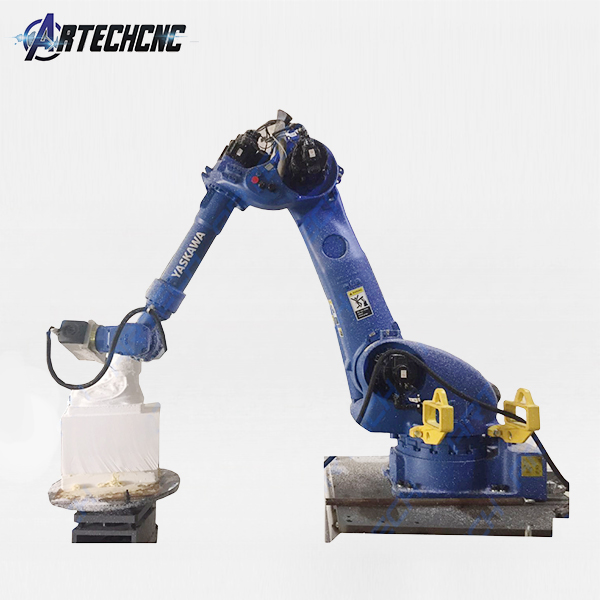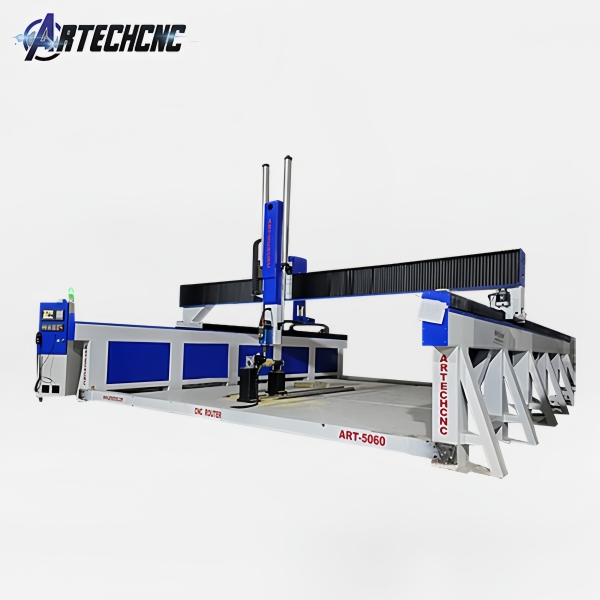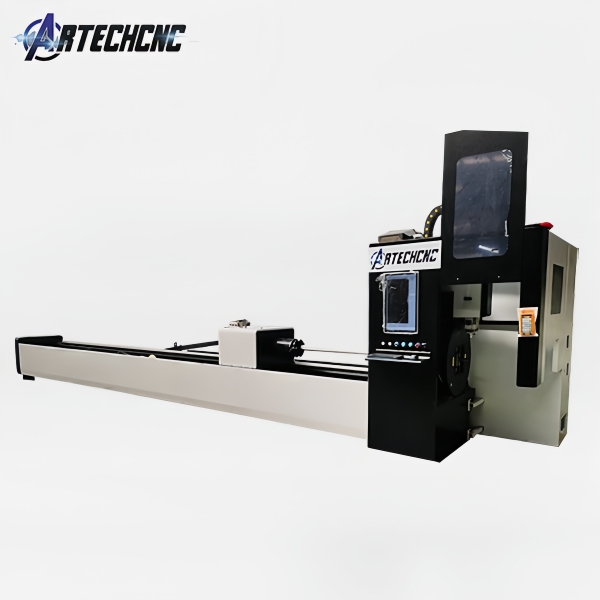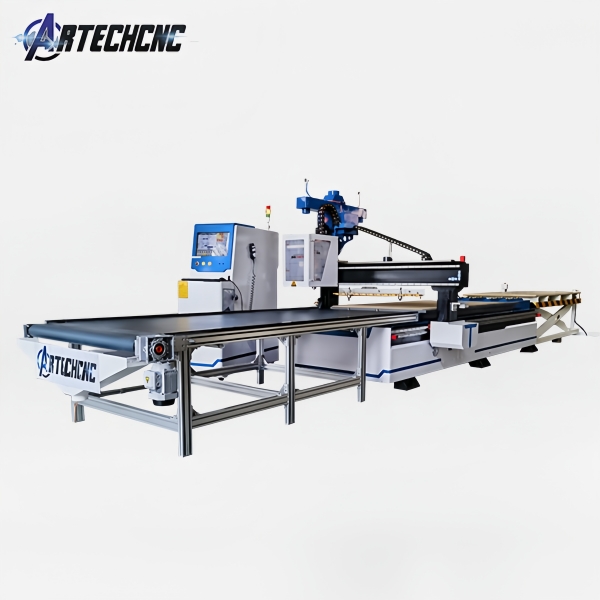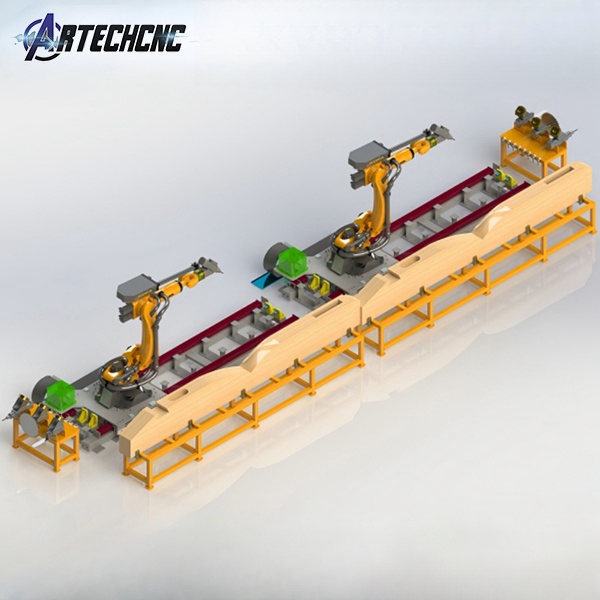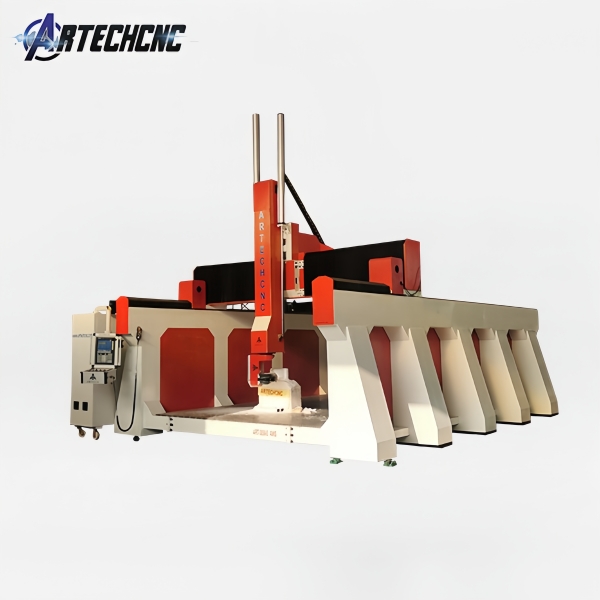Key Application Scenarios of Industrial Robots in the Furniture Manufacturing Industry
In the furniture manufacturing process, efficient logistics management and timely supply of raw materials are crucial. Given the large quantities of materials such as wood and metal sheets that need to be transported quickly and accurately from storage areas to production lines, material handling robots have emerged as a solution. Designed to replace traditional manual handling, these robots ensure precise delivery of raw materials to designated locations while reducing the risk of damage during transportation. Additionally, they play a vital role in multiple critical stages of furniture manufacturing, including but not limited to loading and unloading operations, process coordination, and component sorting. The integration of these functions significantly enhances the automation level of furniture production lines.
Moreover, Automated Guided Vehicles (AGVs) also play a key role in this process. Equipped with advanced navigation systems, these robots can autonomously follow predefined paths and perform various transportation tasks. This not only improves the handling of components during production but also optimizes overall in-plant logistics, further boosting production and logistical efficiency. This technological integration reflects the trend of modernization and automation in the furniture manufacturing industry, providing strong support for improving production efficiency and ensuring product quality.
The painting process is not only a critical step in furniture manufacturing but also a significant contributor to product value, as it provides protective and decorative properties while directly affecting appearance, wear resistance, and weather resistance. However, traditional painting methods rely on manual operations, leading to poor workshop conditions where volatile organic compounds and dust pose health risks to workers. Additionally, the unpredictability of manual painting makes it difficult to achieve ideal standards in both efficiency and paint utilization. As a result, painting robots are gaining increasing attention. They ensure uniform and flawless coatings on every part of furniture, whether for primer or topcoat, and can quickly switch between different paints and colors to meet diverse product demands. More importantly, robotic painting significantly reduces workers' exposure to hazardous substances while improving painting efficiency and precision. Their high-degree-of-freedom articulated design also ensures that even complex furniture structures receive even and flawless coatings.
In the manufacturing of metal-based furniture, welding becomes a crucial process. To ensure the quality, durability, and safety standards of furniture, the precision of each weld point is critical. In this regard, welding robots demonstrate irreplaceable advantages, as they guarantee accuracy and consistency in welding. Particularly in complex furniture structures, they can perform precise welds at various angles and positions, meeting the high standards and diversity of modern designs. Furthermore, the high temperatures, intense light, and harmful gases generated during welding pose potential hazards to humans. The use of robots in this process not only enhances production efficiency but also effectively prevents workers from direct exposure to hazardous environments, ensuring their safety and health.
Assembly robots are primarily used in various manufacturing environments, such as automotive assembly and electronics production, significantly improving efficiency, ensuring assembly accuracy, and reducing inconsistencies and errors caused by human factors. Grinding robots, on the other hand, specialize in surface grinding, polishing, and finishing of materials such as metal parts and wood products. They provide uniform grinding pressure, ensuring surface quality while protecting workers from dust and vibrations generated during the process. Palletizing robots play a role at the end of industrial production lines, performing rapid and accurate sorting, stacking, and packaging of finished products, such as in food and beverage manufacturing, thereby improving production efficiency and accuracy while reducing labor demands.
Experimental studies have shown that robotic-assisted tools help mitigate risks in furniture manufacturing. Ergonomics research using worker-participatory methods has been conducted to validate and develop appropriate strategies for industrial robotics solutions. Commonly used industrial robots play a vital role in modern manufacturing, delivering significant economic benefits and high-quality products for enterprises.

